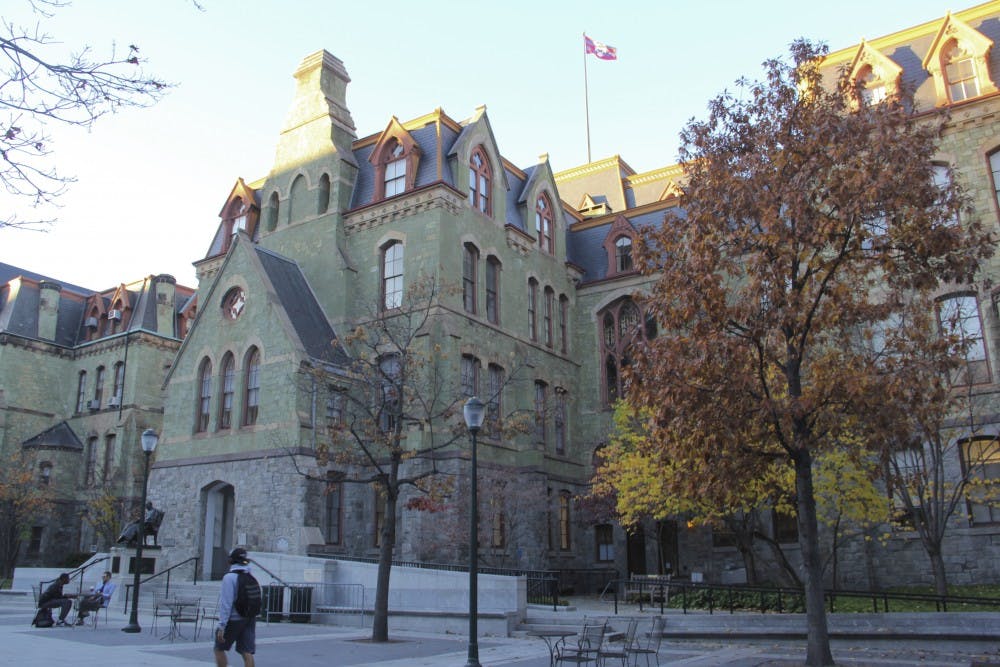
Graduate School of Education professor Joni Finney wrote in the New York Times that college is becoming less accessible
Credit: Morgon Rees | Staff PhotographerGraduate School of Education professor Joni Finney wrote in a June 22 article in the New York Times that college is becoming less accessible as time goes on, even for higher income brackets.
In recent research conducted at Penn and Vanderbilt, Finney compiled publicly available data on the costs of tuition at different kinds of colleges and universities throughout the United States. She used this data to determine the proportion of income by families making $48,001 to $75,000 per year required to send a child to college.
Through this research, she found that “a college education is being priced out of reach of middle-class and even upper-middle-class families,” according to her article.
Finney’s research shows that the average family in the indicated income range had to pay a significant proportion of its yearly earnings in order for a child to receive a higher education.
For families to send a child to a public four-year non-doctoral institution, it cost on average between 16 and 33 percent of the parents’ income, depending on the state. Public research universities and private institutions were even more costly, costing between 17 and 31 percent and private institutions costing between 16 and 45 percent.
Finney also found that community colleges are becoming less accessible to the middle class. For families earning between $48,001 and $75,000 per year, 11 to 22 percent of their yearly income was needed to pay for a two-year degree from a public community college.
Finney believes that, in the long run, inaccessibility to a higher education could have a negative effect on the U.S. economy.
“It’s going to have a major impact on the economy if we don’t educate more young people and working age adults,” she said. “The economy is moving in the direction of more knowledge-based industry.”
Finney added that knowledge-based jobs provide a level of income that allows for middle and upper-middle-class standards of living, meaning accessibility to higher education is an important factor in earning potential.
She also noted the effect of rising costs of tuition on equity in America, because rising costs make college less accessible to historically underserved populations.
“Colleges and universities, just like other enterprises in the American economy, are going to have to learn to live within their means,” she said. “Now, some of these colleges and universities do need more money, because they serve a poorer student population and so there will likely have to be some reallocation of resources in certain states.”
In terms of solutions to this problem, Finney focused most on slowing the growth of the cost of tuition and making need-based financial aid more available.
"[Financial aid] still doesn’t keep up with tuition increases, so students are losing purchasing power,” she explained. “In order for us to reverse that, we really have to slow down the growth in tuition.”
The Daily Pennsylvanian is an independent, student-run newspaper. Please consider making a donation to support the coverage that shapes the University. Your generosity ensures a future of strong journalism at Penn.
DonatePlease note All comments are eligible for publication in The Daily Pennsylvanian.








